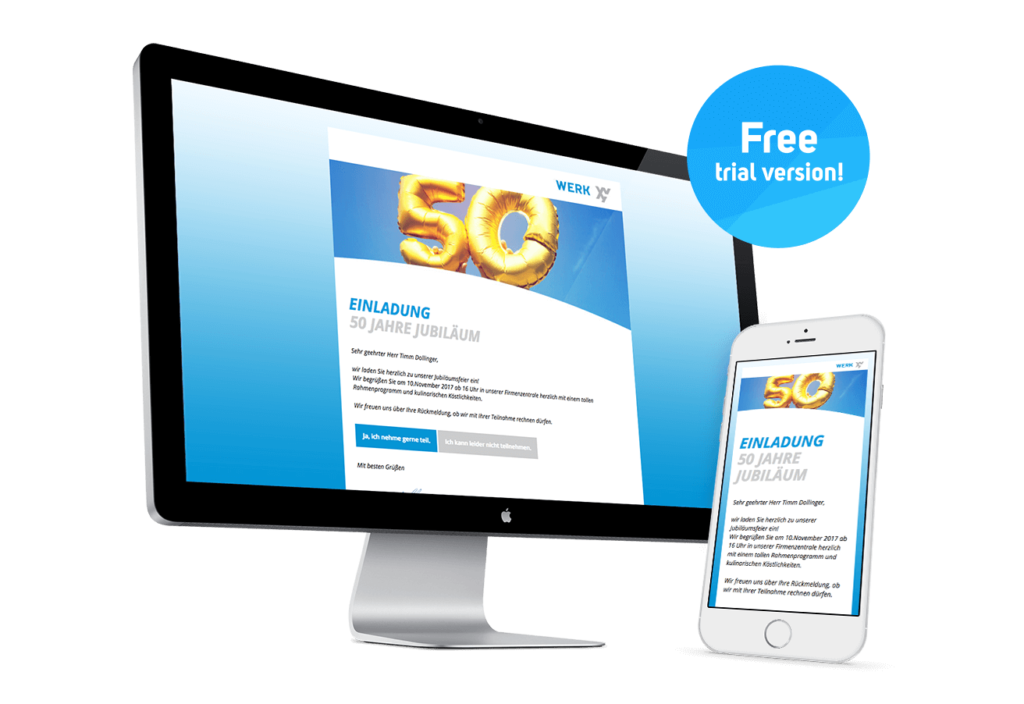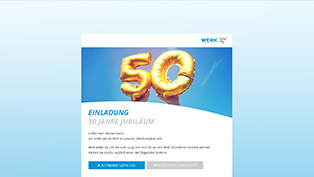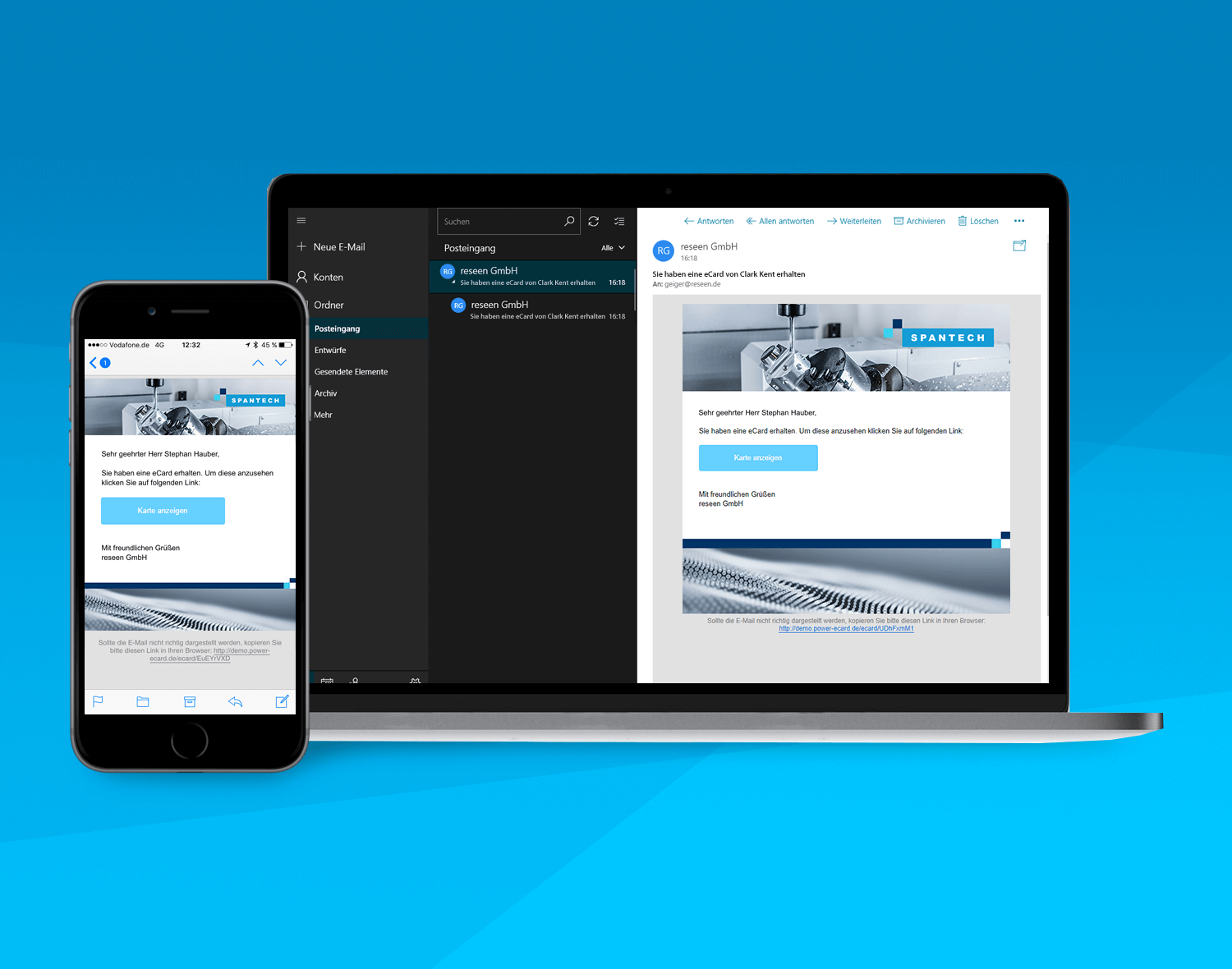Event Invitations: The Ultimate Guide for Companies [Template included]
Events are a hell lot of work. Location, procedure, service providers, supporting programme – these are just a few of the tasks that arise in this mammoth project.
Unfortunately, this often leads to one thing being neglected: the event invitation. It is the first point of contact between you and your potential participants. Your company event stands and falls with it.
Don’t be careless and jeopardise the success of your event by giving no importance to the invitation. Doing this, you’re giving away a lot of potential. If you still want to speed up this process without sacrificing quality, use this guide (template included).
CONTENTS

Type of invitation (analogue or digital?)
Before you get into the details of designing or writing your event invitation, you should decide what kind of invitations you want to send. This applies to all types of invitations – no matter whether it is a company event, company anniversary or product launch.
Basically, you have two options:
- digital invitations
- printed invitations
Especially in recent years, more and more companies tend to actively promote digitisation and switch to digital invitations.
This is particularly due to four major disadvantages of printed invitations:
The decision for or against digital invitations also depends on other factors:

Text of the invitation
Before you get your event invitation in shape, you should think about the content. This applies to both printed and digital invitations.
Tips for writing invitation texts
“How do I start now?” Very few people find an appealing text effortless. We, therefore, recommend that before you sit in front of a blank page (or a blank sheet of paper) for minutes or even hours, you first build up the text in terms of content.
Disclaimer: If you want to save yourself the work completely, skip this section and choose one of the ready text templates.
Back to the content of your invitation: Use the following easy to follow tips to help you structure your text: You’ll notice that the content of your invitation is already 80% complete using just 3 building blocks – in the end, it’s just a matter of linking everything together.

Formulate an attractive subject line
80% of people only read the headline of a text – this exciting insight from advertising impressively underlines its importance. What is the reason for this? Sometimes it is certainly due to a lack of interest in the topic in question, but often it is due to the headline itself, which arouses no interest at all. In event invitations, the subject line is representative of the headline. Why should people who already yawn when reading the subject line torture themselves with the rest of the invitation?
Crisp and attractive subject lines are characterised by the following points:
Ideas for crisp subject lines:
- Ask questions: Do you know the biggest mistakes…
- Set up theses: That’s why…
- Question-answer game. Do you want…? Then…

Answer the wh questions
You probably already know this method from elementary school (yes, it’s a real all-purpose weapon), even with event invitations, answering the wh questions is already at least half the battle. Note down the answers to the wh questions right at the beginning of your process. You can also do this in keywords, as long as you start!
You should also answer these questions:
- Is there a dress code? You don’t want a participant to feel uncomfortable about it.
- Who can I contact if I have further questions? Please provide all contact details (phone number, e-mail address, messenger contact).

Be welcoming
Often the key to an invitation lies in the salutation – and no, that is not (only) due to the choice of the appropriate salutation. Rather, you should give each individual reader the feeling of being warmly welcomed throughout the invitation.
Always address your readers actively, call him by name (if possible) and choose a friendly tone to build up a certain closeness. With bonus offers you can also try to win the favour of your potential guests – this already works with simple measures such as inviting your partner and even extends to a supporting programme for children.
A ready-made template for your event invitation
Designing the invitation
For an (almost) irresistible invitation, there are not only textual triggers but also some creative ones that you can use specifically to convince your dream participants of the event.
Tailor the design with its four central components (images, typography, background, colours) precisely to your target group.
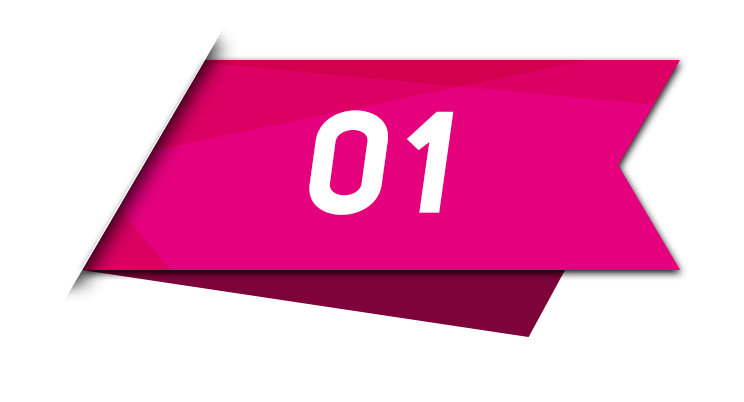
Images
Images play a special role in visual communication in that they can arouse emotions and desires, impress, inspire, but also shock.

Typograhpy
Our subconscious interprets fonts and assigns meanings to them. They are also capable of evoking associations and emotions – which makes them a (secret) weapon for designing event invitations.

Background
If you are designing your invitation card two-sided, you are likely to choose an image on the front, while the back contains the body text. The focus here is, therefore, more on communication through words. That’s why it is important to remember that the font should stand out strongly against the background (contrast).
This does not mean, however, that you cannot use other design elements here: For example, additional graphic elements to support the corporate identity or “decorative elements” can be used over the background.

Colours
Each colour has a specific effect and evokes certain feelings. Do not miss this opportunity and consciously influence the perception of the potential participant with an appropriate choice of colour.
The following table provides a quick overview of the psychological effects of colours.
Examples of event invitations
Now that you have delved deeper into the design of invitation cards, you are probably asking yourself: “And what does this actually look like in practice?”
Take a look at the following examples of digital event invitations and pay particular attention to the combination of the various design elements.

Invitation dispatch
Good planning is half the battle – this is especially true when sending traditional invitations via post.
If you don’t allow for enough time, all the effort may end up being proverbially wasted. Designing, printing, preparing address lists, printing address labels, preparing the mailing and sending it by post usually takes several weeks or even months. When planning your schedule, also consider that your recipients, especially in the area of corporate events in the B2B sector, need sufficient time to plan appointments and to free up time for your business event.
Even with digital invitations, sufficient lead time must be planned in, even if the overall time requirement is significantly lower.
In addition, the decisive factor for planning the dispatch is always whether you want to send single or multi-step invitations. The difficulty here is to find the golden mean: On the one hand, you want to receive sufficient attention for your event, on the other hand, you do not want to be too intrusive towards your potential guests.
In our experience, the best effect is achieved by a three-step dispatch including save the date, invitation and reminder. First of all: The implementation of a three-step invitation can almost only be achieved with the help of digital solutions.
Plan the process for participant management already at the time of dispatch: You can collect the acceptances and rejections in the classic way or manage them with appropriate software solutions. If you send event invitation digitally, i.e. by e-mail or with a software, not only can the recipients respond more easily, but you can also manage the feedback without any effort.

Event invitations and GDPR
Since 25 May 2018, the marketing world often holds its breath when it comes to the issue of data protection. What is GDPR-compliant, what isn’t?
Dicslaimer: We do not offer legal advice! Rather, it is a compilation of our research results (and appointments with data protection experts) to the best of our knowledge and belief. Discuss the planned security measures with your data protection officer or your legal department.
Exceptions
You are allowed to invite people by e-mail with whom you had a business relationship or with whom you have an active business relationship.
For example, if you use a tool such as Power eCard, which explicitly represents a 1-to-1 marketing solution in which a user (e.g. an employee in the company) sends a digital event invitation (including personal salutation, greeting formula & more) to his personal and existing contacts (e.g. customers or partners), no additional consent is required. In this scenario, it becomes clear that an active business relationship exists – consequently, the application is GDPR-compliant.
If you use a digital tool for sending invitations, be sure to check the following functions to ensure GDPR conformity:

Conclusion
The digital transformation in a company is a mammoth project. Particularly individual processes such as the digital dispatch of event invitations are perfectly suited to transform a traditional process into a digital one with little effort. True to the motto: “Think big, start small.”
With a digital solution, sending event invitations today is not only cheaper and more flexible than by traditional mail but also more flexible and efficient. This allows you to focus your event planning on the things that simply cannot be digitalised.
Now it’s your turn: Do you also have a tip or you want to share your experience? We are looking forward to your suggestions, additions and your feedback by mail to [email protected]
